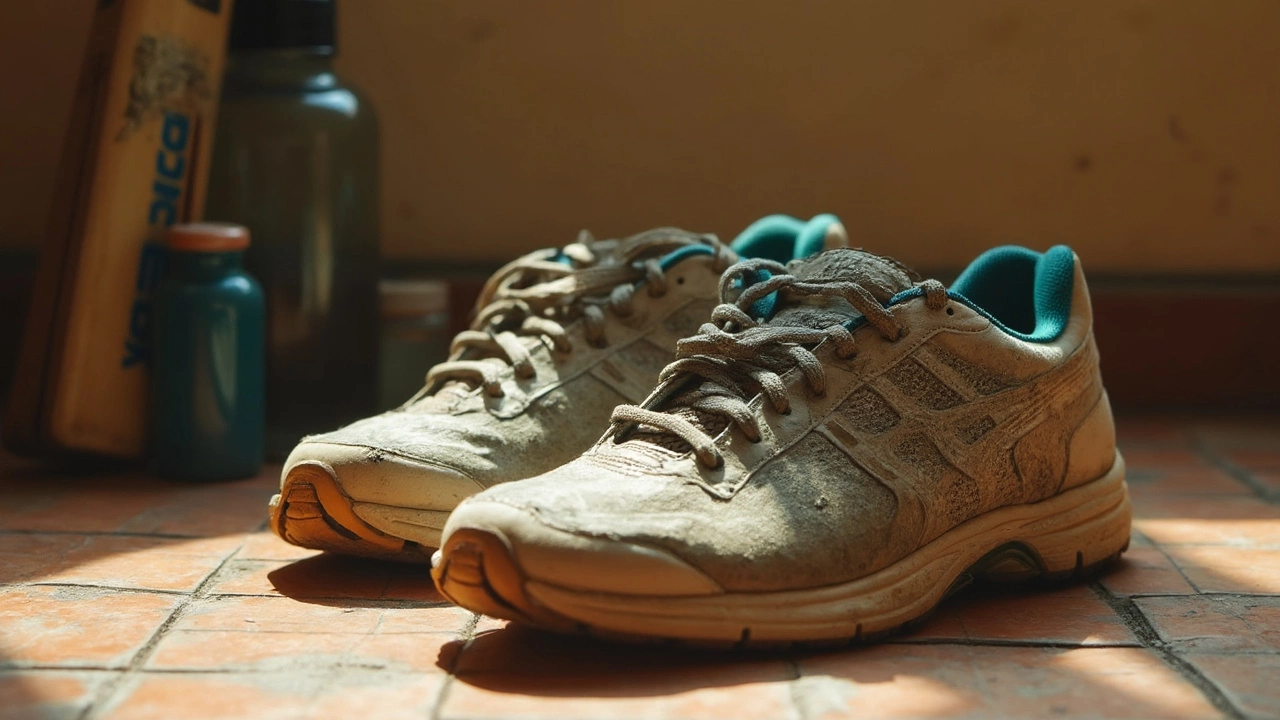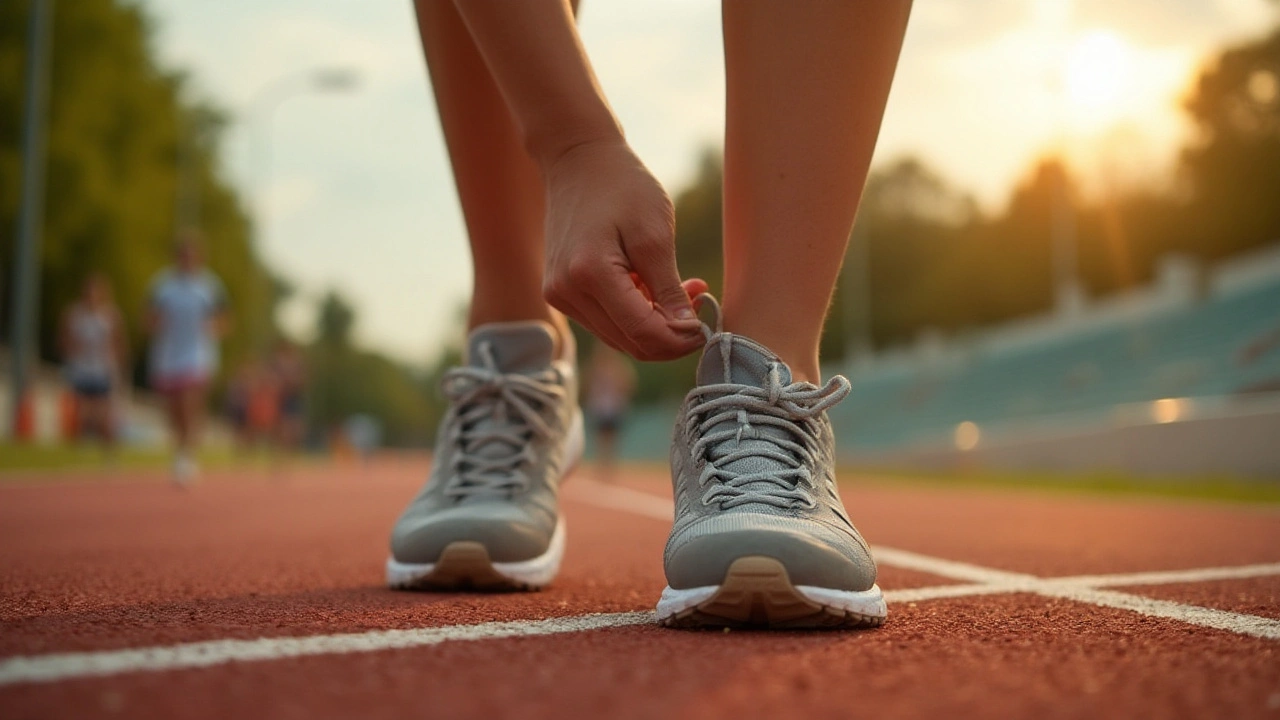Shoe Lifespan: How Long Do Running Shoes Really Last?
Ever wonder why your favorite pair of running shoes feels flat after a few months? It’s not just the mileage – several factors decide how long a shoe stays useful. Knowing those factors helps you avoid injuries, save money, and keep your runs comfortable.
How to Tell When Shoes Are Worn Out
First, check the outsole. The rubber tread should still have a good grip. If the pattern is smooth or you see cracks, the shoe’s traction is gone and it’s time for a new pair.
Next, feel the midsole. Most modern shoes use foam that compresses over time. Press the heel and forefoot – if it feels soft and doesn’t bounce back, the cushioning has degraded.Look at the upper material. Tears, stretched mesh, or worn stitching can let debris in and cause blisters. Even a small hole can affect how the shoe supports your foot.
Don’t forget the insole. If you notice a foul smell, clumping, or the insole no longer feels supportive, replace it or get new shoes.
Finally, track your mileage. While it varies by brand and model, a general rule is 300‑500 miles for road shoes and 400‑800 miles for trail shoes. Use an app or a simple notebook to log your runs – it’s the easiest way to know when you’ve hit the limit.
Tips to Extend Your Shoes' Life
Rotate between two or three pairs. Giving each pair a day or two off lets the foam recover, slowing down compression.
Keep them dry. After a rainy run, wipe off excess water and let the shoes air‑dry naturally. Don’t toss them in the dryer – heat can break down the glue and foam.
Use a shoe tree or stuff them with newspaper when not in use. This helps the shape stay intact and prevents the uppers from sagging.
Limit exposure to harsh surfaces. Running on asphalt every day wears out the outsole faster than mixing in softer trails or tracks.
Consider adding a protective spray on the upper. It repels water and stains, especially useful for shoes with mesh uppers.
When the shoes finally need to go, donate them if they’re still usable for casual walks or gym sessions. Many charities accept gently used footwear.
By watching for wear signs and following these simple habits, you can get the most out of each pair and stay injury‑free. Remember, a good shoe protects your feet, improves performance, and saves you from costly doctor visits – it’s worth the extra attention.

